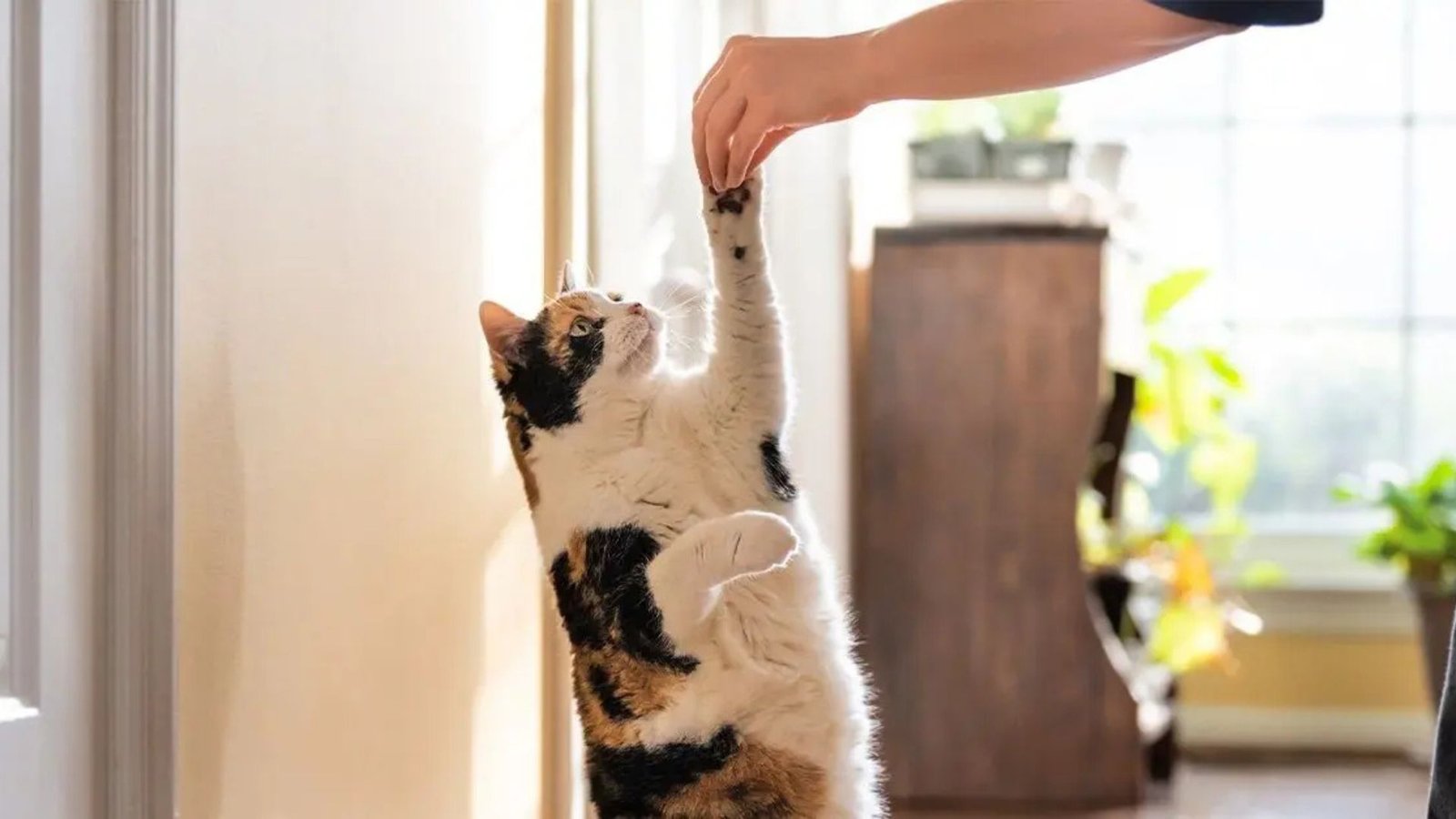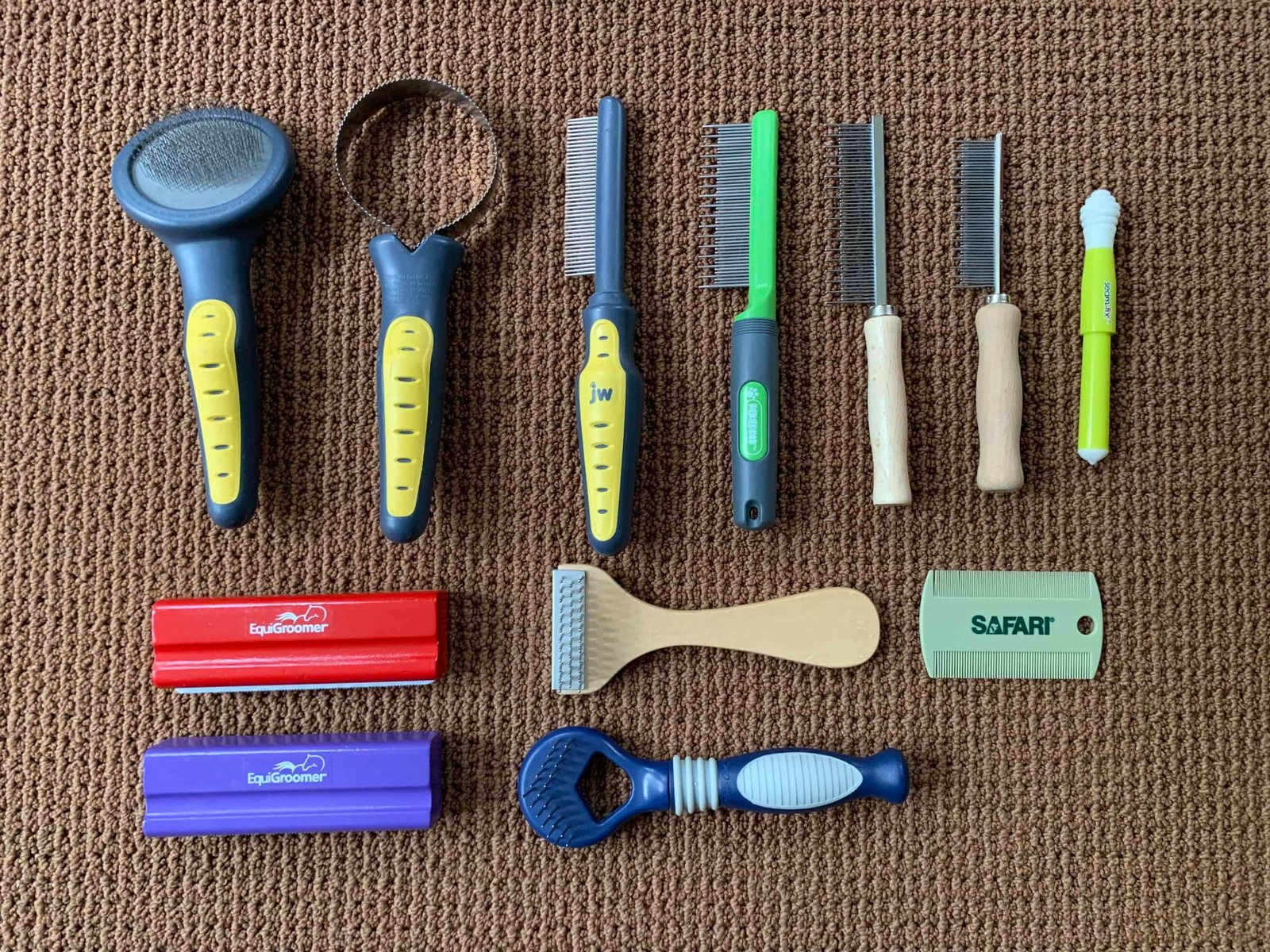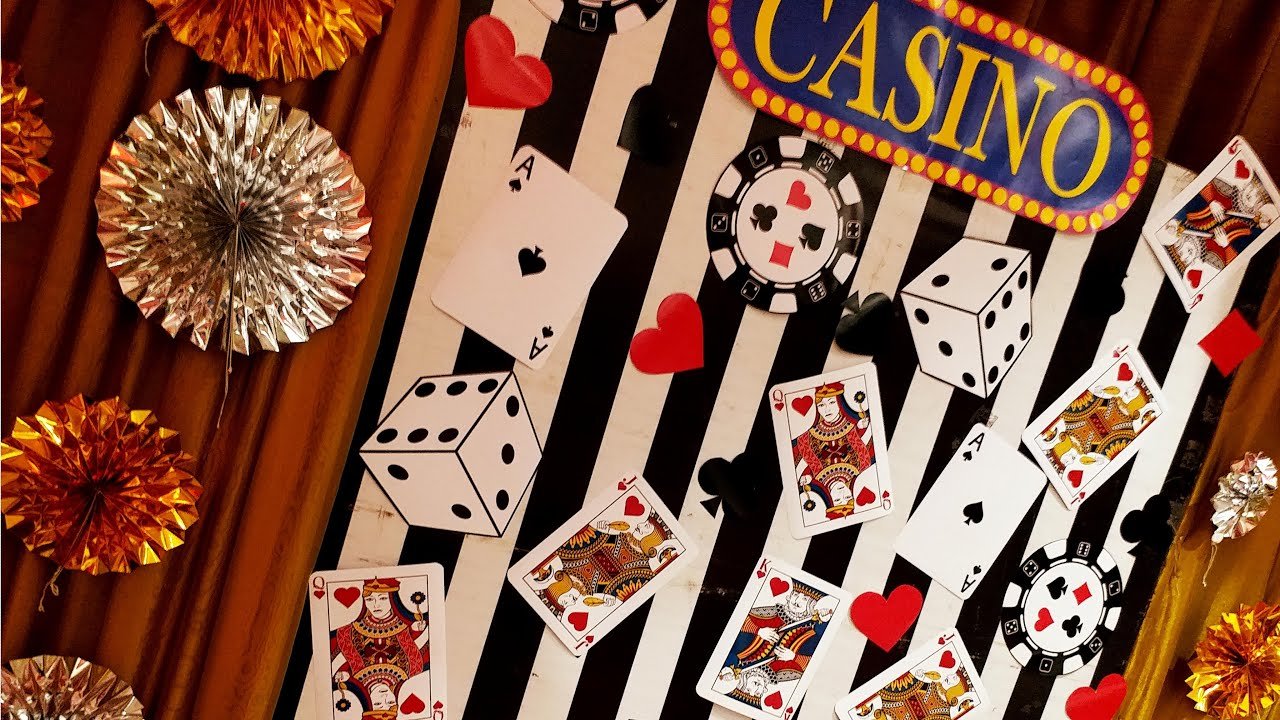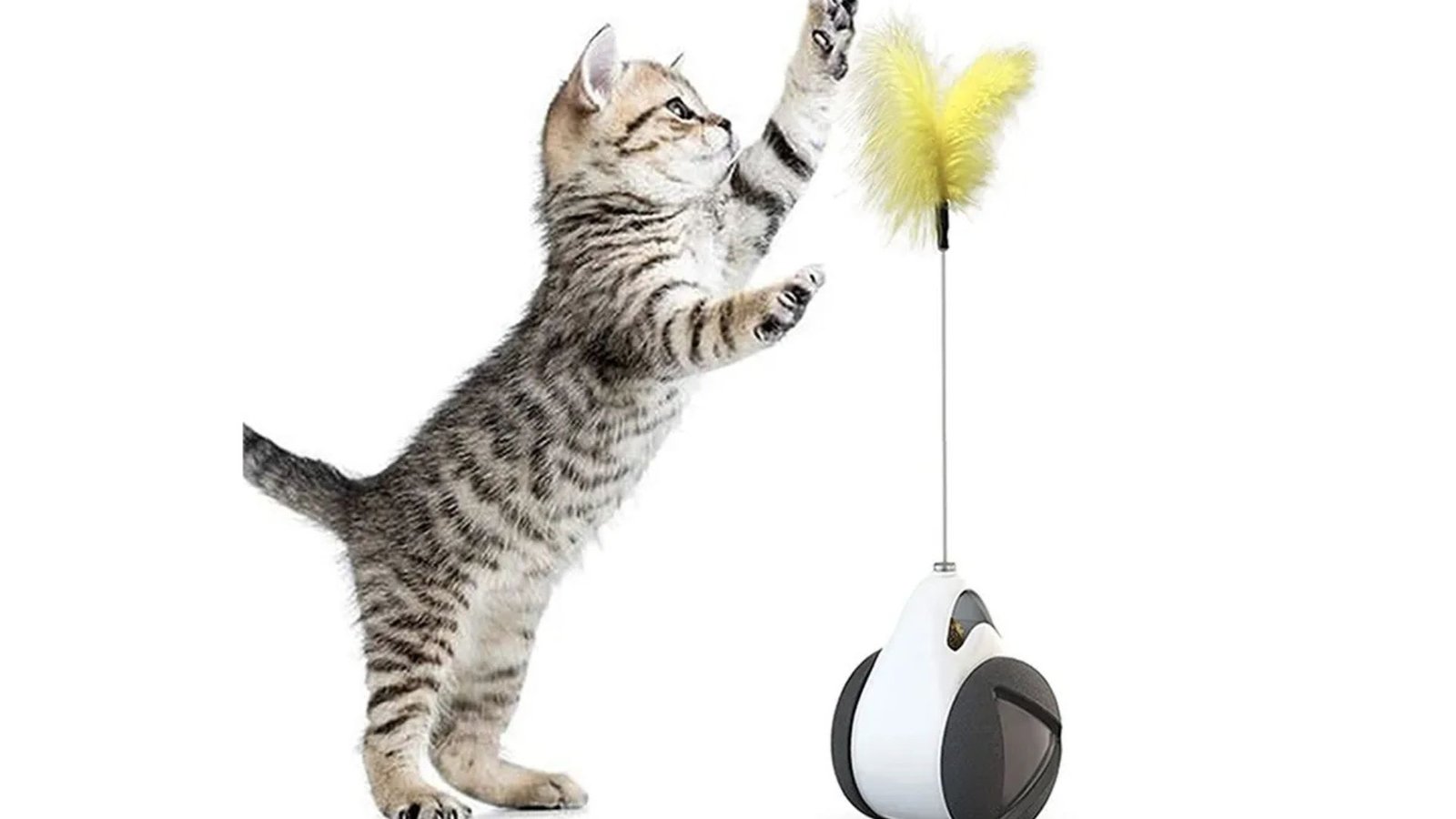Training your cat can be a rewarding experience, but it often requires patience, consistency, and the right tools. Luckily, there are many cat accessories available that can help you teach your feline friend new behaviors and reinforce good habits. Whether you’re trying to teach your cat to use the litter box, walk on a leash, or stop scratching furniture, the right cat accessories can make a huge difference. In this article, we’ll explore how to use popular cat accessories for training your cat effectively.
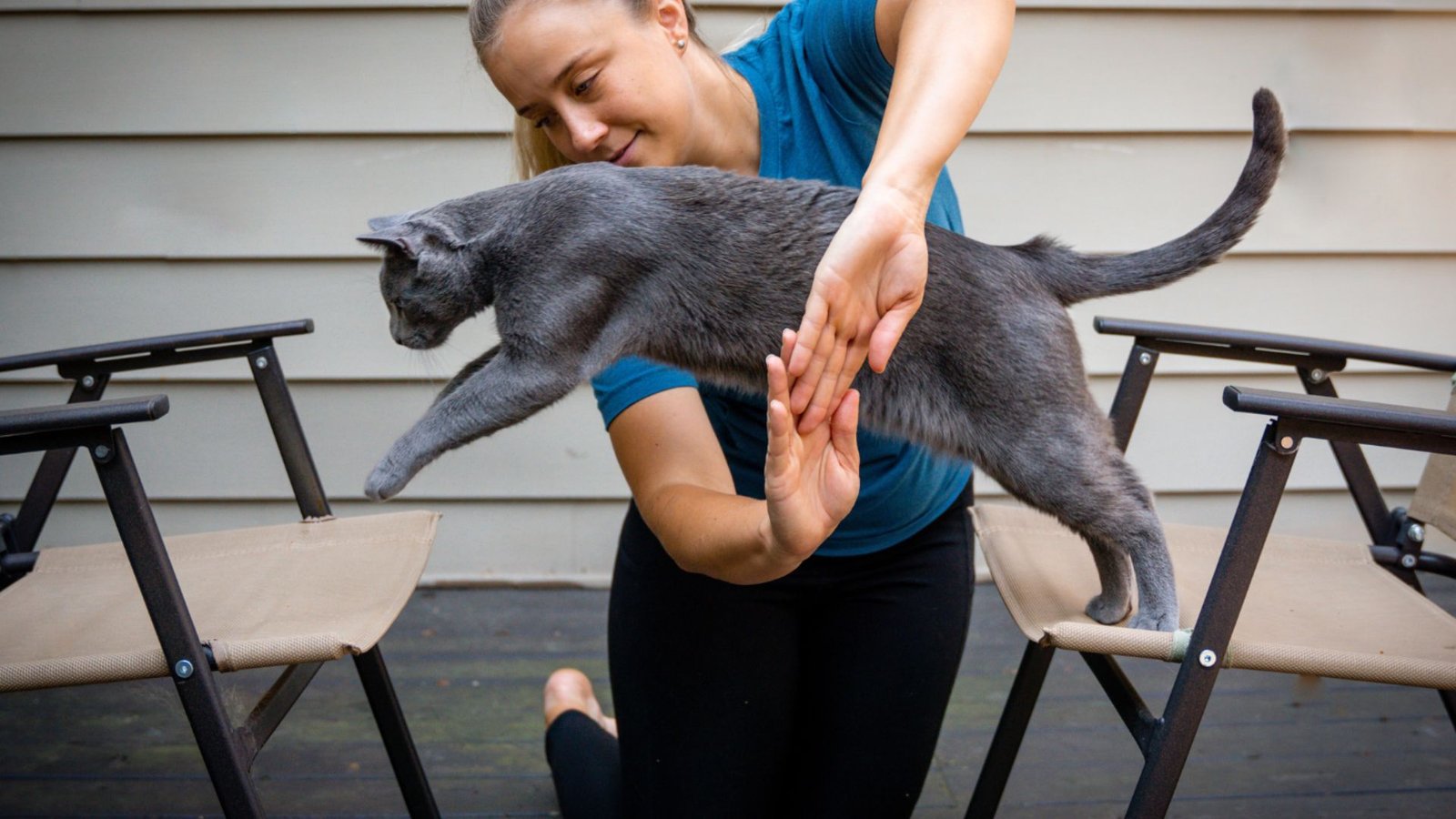
1. Interactive Cat Toys for Mental Stimulation
Interactive cat toys are one of the best training tools for your cat, as they not only keep your cat engaged but also stimulate their mind. These toys are designed to encourage problem-solving and mimic hunting behaviors, which are key aspects of a cat’s instincts.
- Treat-Dispensing Toys: These toys release a treat when your cat successfully interacts with them. They can be a great way to train your cat to be more patient and persistent. Start with easier toys and gradually increase the difficulty of challenging your cat.
- Puzzle Toys: Puzzle toys are excellent for teaching your cat how to solve problems. These toys require your cat to work for their food, which can help improve focus and mental sharpness. You can use puzzle toys to train your cat to eat more slowly, which can prevent overeating and obesity.
By using interactive toys, you are not only giving your cat a fun way to engage with their environment but also encouraging important mental skills.
2. Clicker Training with Cat Accessories
Clicker training is a popular and effective method for training cats. The idea is simple: use a clicker (a small handheld device that makes a sound) to mark the exact moment your cat does something correctly, followed by a treat as positive reinforcement.
- Clickers: A clicker is a great tool for teaching your cat basic commands like “sit” or “come.” It helps your cat understand exactly which action is being rewarded. Use the clicker immediately after your cat performs the desired behavior to create a clear association.
- Treats: When using clicker training, it’s essential to have cat treats on hand. Make sure to choose treats that your cat loves and that are small enough for quick rewards. Over time, you can decrease the frequency of treats, but in the beginning, frequent rewards will keep your cat motivated.
Clicker training is highly effective and works well when combined with other cat accessories for training.
3. Harnesses and Leashes for Outdoor Training
If you want to train your indoor cat to go outside or take walks, a cat harness and leash are essential accessories. While it may take time for your cat to get used to wearing a harness, it’s a great way to give them a taste of the outdoors safely.
- Start Slowly: Introduce your cat to the harness by letting them sniff it and explore it. Once they’re comfortable with it, gently put it on them for short periods while indoors. Gradually increase the amount of time your cat wears the harness before taking them outside.
- Leash Training: Once your cat is comfortable wearing the harness, attach the leash and allow them to explore indoors while you gently guide them. Avoid pulling the leash; instead, let your cat walk naturally and reward them with treats for walking calmly.
Using a cat harness and leash is not only useful for outdoor training but also helps your cat get used to being handled and confined to a controlled environment when needed.
4. Cat Scratching Posts for Behavior Training
Training your cat not to scratch furniture can be a challenge, but cat scratching posts are one of the best tools to help redirect this natural behavior. Scratching is an instinctual action for cats, so providing a designated place to scratch is key to preventing damage to your furniture.
- Positive Reinforcement: Whenever your cat scratches the scratching post, reward them with treats or praise. This helps them associate the post with positive outcomes.
- Placement: Place scratching posts near areas where your cat typically scratches, such as the couch or door frames. If your cat prefers scratching in a particular direction, try to position the post accordingly to encourage use.
A cat scratching post can also be used as a form of training to prevent your cat from scratching inappropriate places. Over time, your cat will learn to use the post as their primary scratching outlet.
5. Litter Boxes for Training Good Habits
One of the most important training tasks for any cat owner is teaching their cat to use the litter box consistently. A well-placed litter box can make a big difference in your cat’s training success.
- Litter Box Placement: Place the litter box in a quiet, easily accessible location. Avoid placing it near food or water dishes, as cats prefer to keep these areas separate. If you have multiple cats, it’s a good idea to have more than one litter box available.
- Positive Reinforcement: Reward your cat with a treat or praise whenever they use the litter box correctly. If your cat has an accident, don’t punish them—simply clean the area thoroughly and place them in the litter box to reinforce the correct behavior.
Using a litter box as part of your training process is essential to building good habits and ensuring your cat is comfortable with their bathroom routine.
6. Training Your Cat to Stay Calm in a Carrier
Training your cat to be calm in a cat carrier is a must, especially if you have to take them to the vet or travel. Many cats are scared of carriers, but with the right approach, you can make the experience less stressful.
- Positive Association: Start by leaving the carrier out in your home and placing some of your cat’s favorite treats or toys inside. Let your cat explore the carrier on their own, associating it with positive experiences.
- Gradual Training: Once your cat is comfortable entering the carrier, you can practice closing the door for short periods, rewarding them each time they stay calm. You can even get your cat used to short car rides with the carrier before longer trips.
Training your cat to feel comfortable in a cat carrier is a key step in reducing stress during trips, especially to the vet.
7. Training with Cat Collars and ID Tags
Using a cat collar for training might seem unusual, but it’s an important part of teaching your cat to get used to wearing accessories. You can use a collar for identification and as part of your cat’s routine.
- Start Early: Introduce your cat to the collar gradually. Start with short periods of wearing it, and reward them with treats when they leave it on without trying to remove it.
- Behavioral Training: Some cats may try to scratch or remove their collar. If your cat struggles with this, you can try different types of collars, such as breakaway collars, which are safer if they get caught on something.
A cat collar with ID tags can also be used as part of a training routine to ensure your cat is safe and identifiable in case they ever escape.
Conclusion
Training your cat doesn’t have to be difficult. By using the right cat accessories for training, you can create a more enjoyable and effective training process. Whether you’re teaching your cat to walk on a leash, use the litter box, or stop scratching furniture, there are plenty of tools available to help. Be patient, and consistent, and always reward good behavior with treats and praise. With the right training methods and accessories, your cat will quickly learn to be well-behaved, happy, and healthy.

